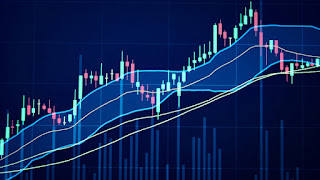Mastering Risk: Key to Trading Success

When it comes to trading, one adage stands as a guiding principle for investors: “Cut your losses and let your profits run.” This mantra encapsulates a fundamental truth in trading — the importance of disciplined risk management. This strategy emphasizes the need to promptly mitigate losses while allowing winning positions to flourish, ultimately optimizing the risk-reward ratio. Central to this approach is the implementation of predefined stop-loss levels. These act as safeguard mechanisms, protecting capital by automatically triggering the sale of a security when it moves against the trader’s expectations. By setting clear boundaries for potential losses, investors can mitigate the impact of adverse market movements, preserving their capital for future opportunities. Equally crucial is the practice of letting profits run. This entails allowing winning positions to unfold and capture maximum potential gains. Rather than prematurely exiting a profitable trade out of fear or greed, this...





